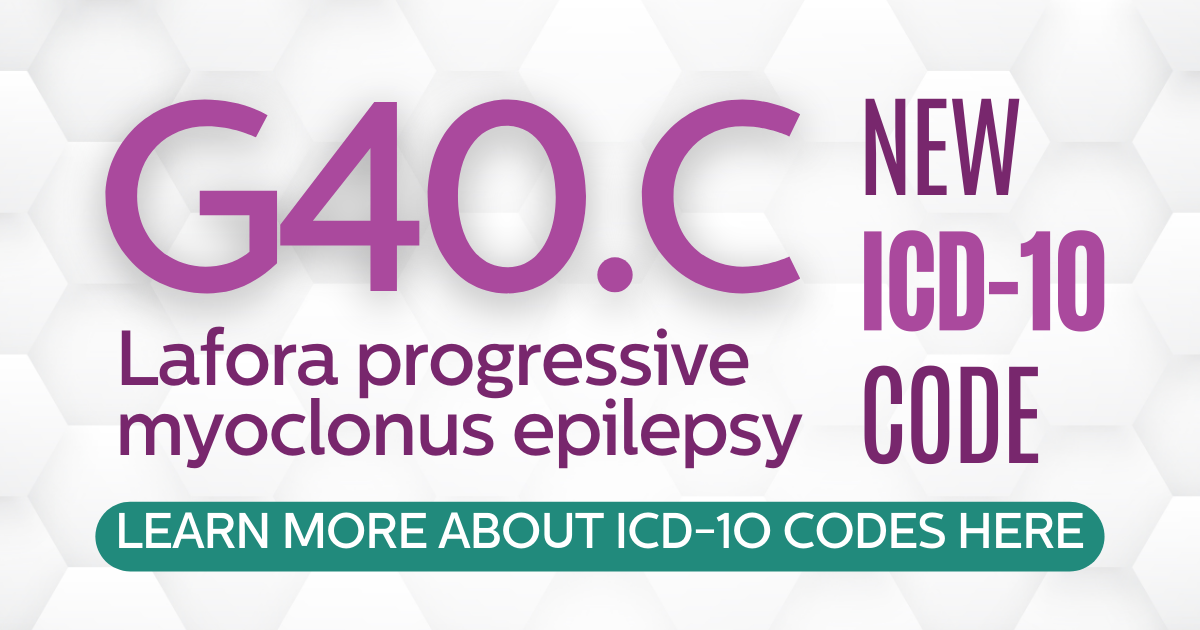Lafora Disease symptoms usually appear in the late stages of childhood and early adolescence. In most cases, patients develop normally for roughly the first ten years of their life. The first symptom to usually manifest is called a tonic-clonic seizure, a seizure that affects the entire body. Tonic-clonic grand mal seizures are characterized by extreme muscle tension and rapid muscle contractions. In other cases, the first symptom may be a seizure, induced by flickering light, characterized by staring for 1-10 seconds (absences or petit mal seizures) with momentary loss of responsiveness and a disconnection with the surrounding environment. Eventually, all develop the characteristic lightning-like muscular jerks that shake the shoulders, arms, legs or body and face. Such quick myoclonic spasms can affect a fragment of muscles in arms and shoulders on one side or both sides of the body and are triggered by touch, light or sound, appear almost continuously and are the reason for calling Lafora Disease a myoclonic epilepsy. Other symptoms include temporary blindness, visual hallucinations, depression, diminishing performance in school, ataxia (difficulty walking), and dementia.
In general, the following are symptoms that may indicate possible Lafora disease. If your child begins to demonstrate the combination of the following symtoms, immediately speak with your child’s doctor about Lafora Disease and about having a skin biopsy and mutation analyses.
- Tonic-clonic seizures (full body seizures)
- Flickering-light induced absence and myoclonic seizures
- Reports of temporary blindness
- Visual hallucinations
- Depression
- Unexplained diminishing academic performance
- Difficulty walking (ataxia)
- Problems in thinking (Dementia)
Both skin biopsy and mutation analyses are necessary to prove lafora disease.
Why Skin Biopsy:
Biopsy of sweat glands in the axilla (arm pit) should show the disease causing inclusion bodies that stain with PAS (periodic acid schiff) inside eccrine sweat duct cells or apocrine myoepithelial cells located in the arm pits. These inclusion bodies are made of abnormally branched glycogen called polyglucosan and was originally discovered by Gonzalo Lafora in the patients’ brains. This separates Lafora Disease from other progressive myoclonic epilepsies. The presence of PAS+ inclusion bodies means you (your child) have Lafora Disease. If the skin biopsy is negative but you (your child) still have the above symptoms of Lafora Disease, it is reasonable to get a muscle or liver biopsy.
Why Mutation Analyses:
There are two reasons for mutation analyses.
First, PAS+ inclusion bodies may be present in your skin biopsy but mutations in EPM2A or EPM2B are absent. This means you have the rare form caused by an as yet unidentified gene.
Secondly, it is now important to find out if the forms of mutations present are nonsense mutations. Nonsense mutations may respond to gentamycin treatment.
Words From One of Our Researchers
We essentially breathe, sleep, dream and ceaselessly work on this disease. Our hope is to understand it so fully that we can come up with a treatment. My personal dream is this: Next time a Matt or a Jessica or an Amanda is brought to a neurologist, and the diagnosis of Lafora is made, the doctor would simply write a prescription and say: you have Lafora, take this, all will be alright.
Based on the genes, we have found the proteins disturbed in this disease and we are now painstakingly finding all the interacting proteins and step by step reconstructing the biochemical pathway that is disturbed. We are certain that with understanding will come insights into the cure.
Lafora patients form Lafora bodies in their brain cells, which cause the horrible epilepsy these patients suffer from. In parallel to unraveling the disease processes that lead to Lafora body formation, we are designing a method to remove them from the brain, and return the patient to normalcy. We know that amylase, the starch-digesting enzyme in saliva, can digest Lafora bodies. We are working on a method to introduce amylase into neurons to melt the Lafora bodies away and cure our patients.
The hurdles are many and the work is large, but so is our commitment. The disease is rare, and hard to find government funding for. We therefore count on you.
– Berge Minassian, MD

